The Blended Finance Taskforce and Convergence (with Tideline in an advisory role), released in January 2018 a paper about mobilising institutional capital at scale for the Sustainable Development Goals (SDGs), using blended finance. The paper catalogues investment motivations, requirements, and constraints of institutional investors in taking advantage of blended finance mechanisms.
Institutional investors make up a diverse group, each operating with different mandates, constraints, and risk-adjusted return preferences. However, they are often treated as a homogenous group of investors, while there is value in better understanding the unique investment preferences and regulatory conditions of different segments. The report provides an analysis of the investment motivations, requirements, and constraints of six segments of institutional investors: i) pension funds, ii) insurance companies, iii) sovereign wealth funds, iv) commercial banks and investment banks, v) private equity firms, and vi) asset/wealth managers. Blended finance structures must create assets that fit within the mandates, constraints, and risk-adjusted return preferences of each institutional investor segment. Based on their research, there are five key considerations that will determine whether and to what extent an institutional investor participates in blended finance: i) communication and messaging, ii) policy and regulation, iii) mandate, iv) allocation and capacity, and v) transactional factors.

